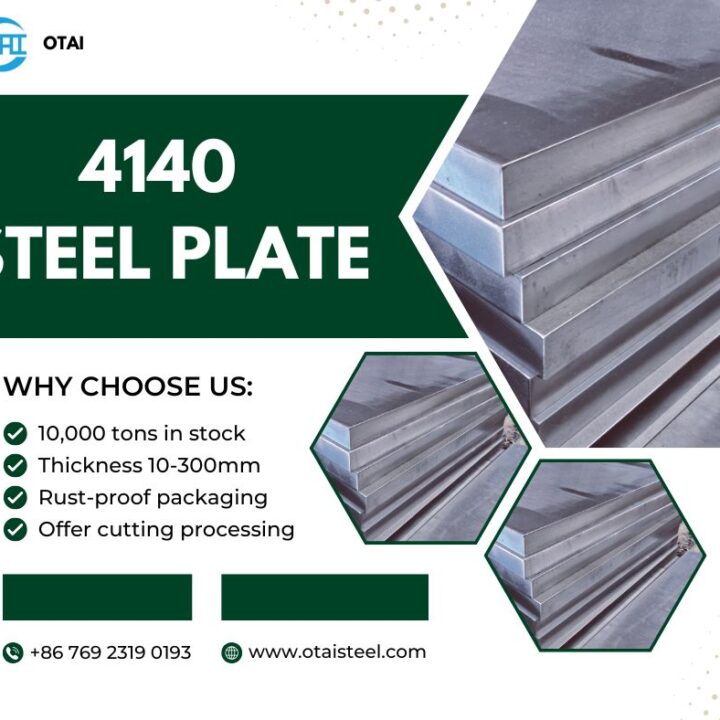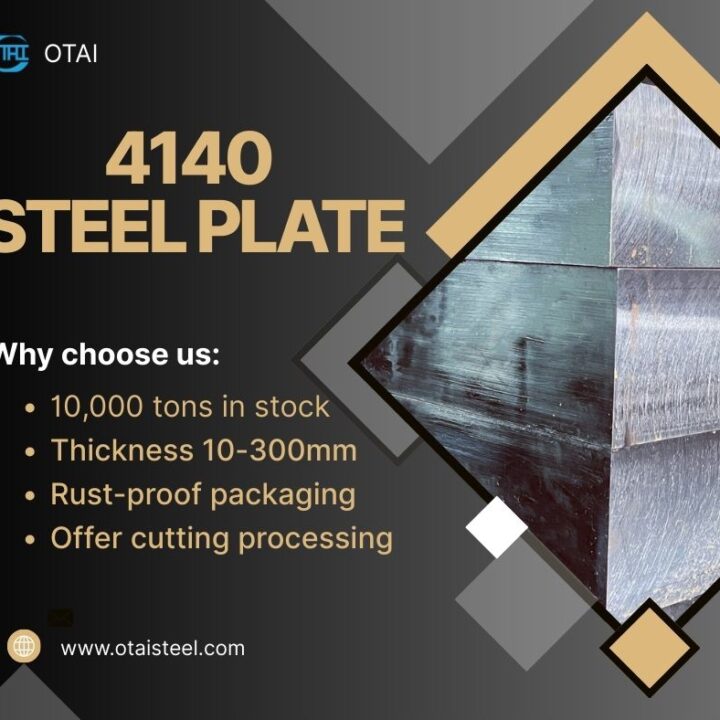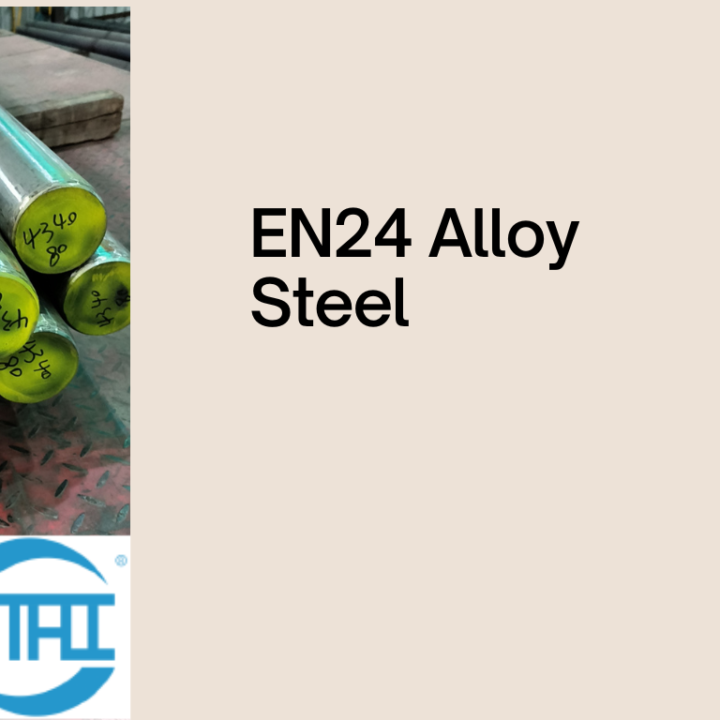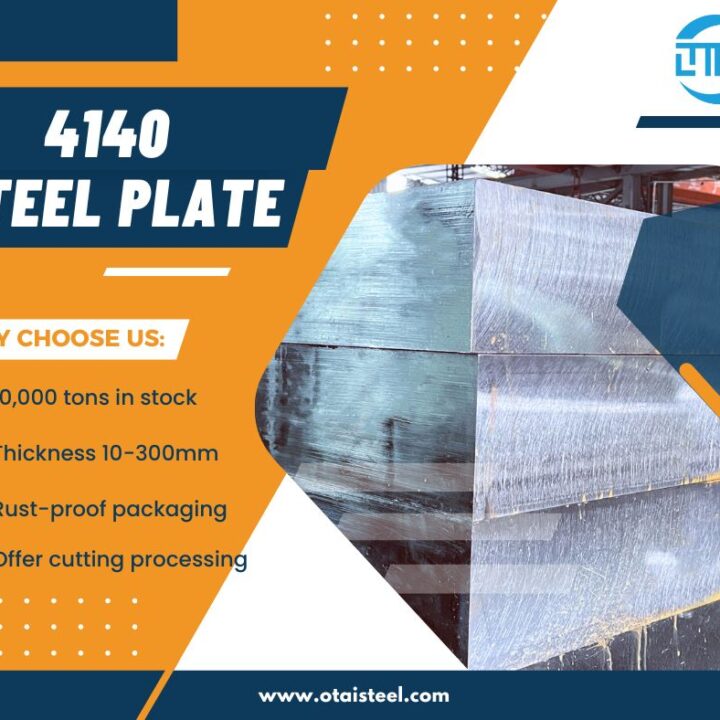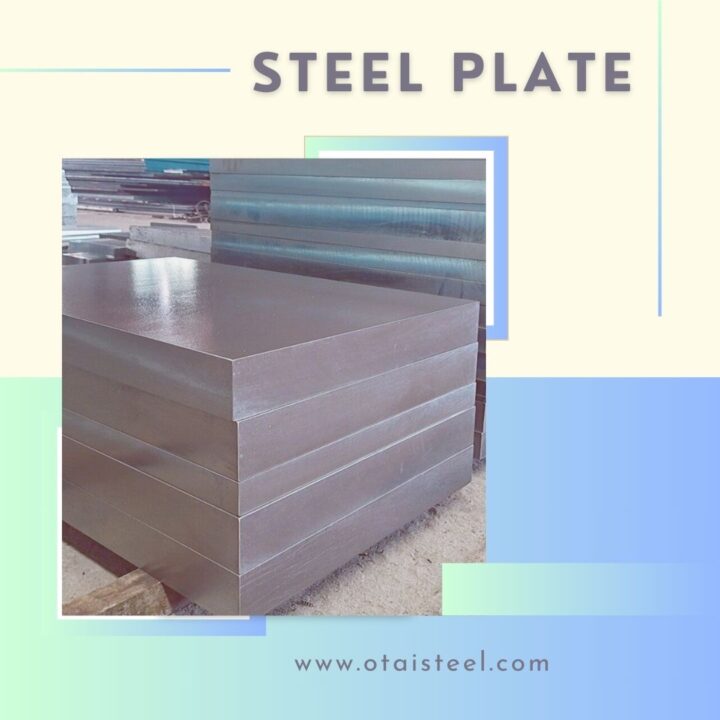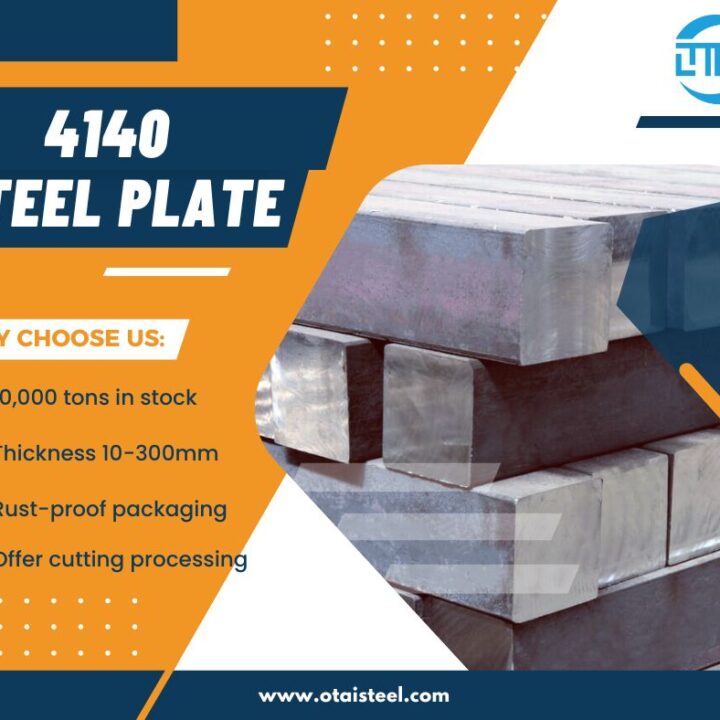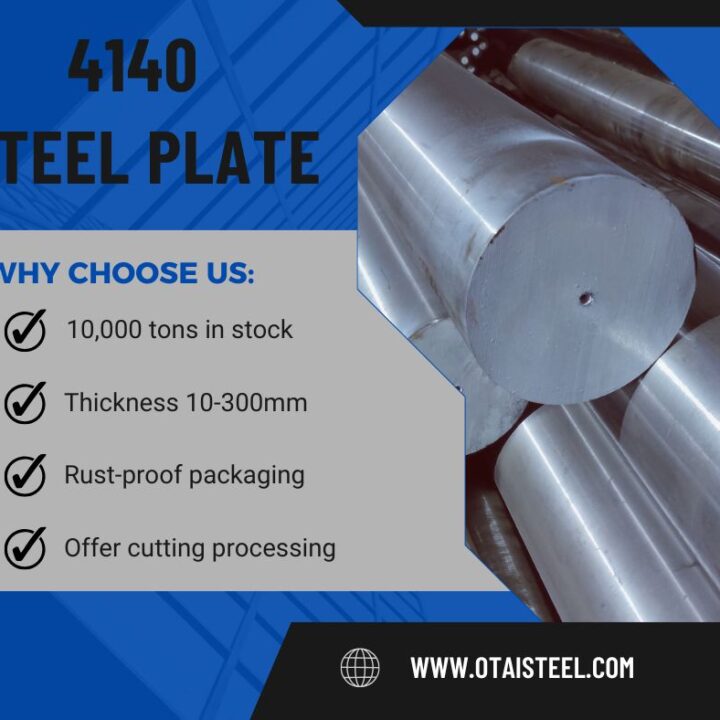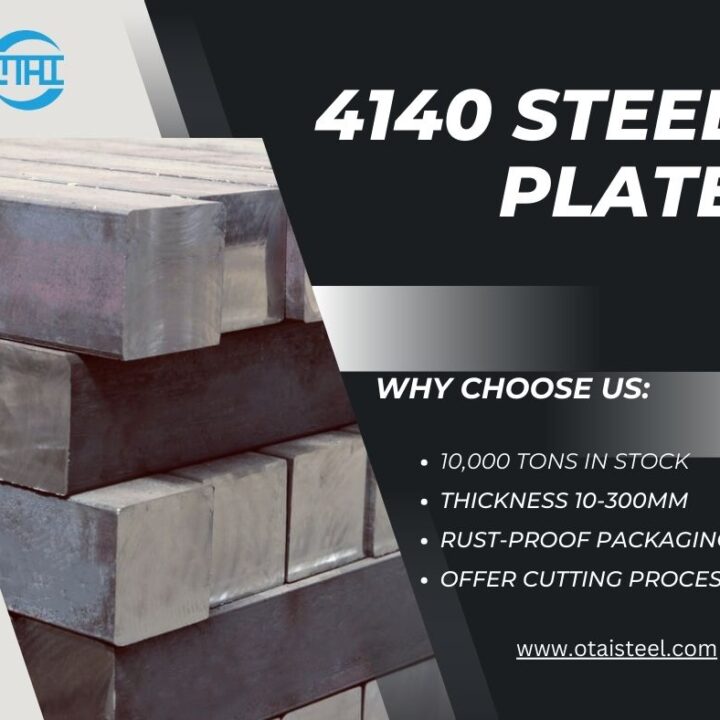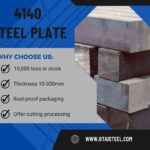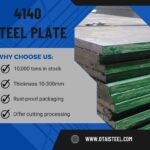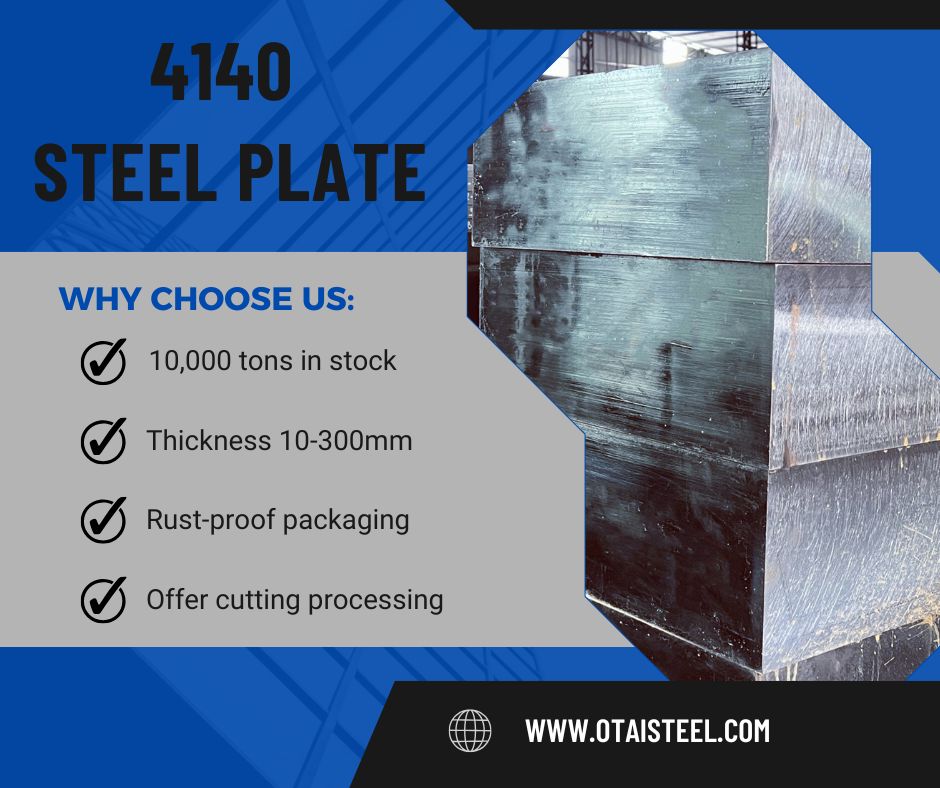 Properties of 4140 Steel: A Complete Technical Guide
Properties of 4140 Steel: A Complete Technical Guide
When engineers, buyers, or manufacturers are searching for high-performance materials, 4140 steel often appears at the top of the list. Known for its excellent balance of strength, toughness, and machinability, this alloy steel has become a favorite across industries such as automotive, aerospace, defense, construction, and heavy machinery.
In this article, we’ll break down the properties of 4140 steel, exploring its mechanical characteristics, chemical composition, processing behavior, and practical applications. Whether you are considering it for shafts, gears, or pressure vessels, this guide will help you understand why it’s so widely trusted.
✨ Chemical Composition of 4140 Steel
The unique properties of 4140 steel are rooted in its carefully balanced chemical composition. It belongs to the family of chromium-molybdenum low alloy steels, with the following typical range of elements:
| Element | Percentage (%) | Function |
|---|---|---|
| Carbon (C) | 0.38 – 0.43 | Provides strength and hardness |
| Chromium (Cr) | 0.80 – 1.10 | Improves hardenability, corrosion resistance, and wear resistance |
| Molybdenum (Mo) | 0.15 – 0.25 | Enhances toughness and high-temperature strength |
| Manganese (Mn) | 0.75 – 1.00 | Improves strength and hardenability |
| Silicon (Si) | 0.15 – 0.35 | Increases strength and deoxidizes steel |
| Sulfur (S) & Phosphorus (P) | ≤ 0.035 each | Impurities that are tightly controlled |
This composition makes 4140 steel significantly stronger and tougher than plain carbon steels like A36, while maintaining good machinability and weldability (with precautions).
⚙️ Mechanical Properties of 4140 Steel
The mechanical properties of 4140 steel are what make it so attractive for demanding applications.
| Property | Condition (Normalized) | Condition (Quenched & Tempered) |
|---|---|---|
| Yield Strength | ~655 MPa | 850 – 1000 MPa |
| Ultimate Tensile Strength | ~950 MPa | 1050 – 1200 MPa |
| Elongation | 20% | 12 – 16% |
| Hardness (Rockwell C) | ~28 HRC | 32 – 40 HRC |
| Impact Toughness (Charpy V-notch) | High | Maintains toughness after heat treatment |
👉 What’s unique is that 4140 steel maintains strength without becoming brittle, which is why it’s popular for safety-critical components like crankshafts and aerospace parts.
🔥 Heat Treatment and Its Effect on Properties
One of the most important aspects of the properties of 4140 steel is how dramatically they can be adjusted through heat treatment.
-
Annealed 4140 steel → Soft, with excellent machinability and good ductility.
-
Normalized condition → Balanced strength and toughness, ideal for general use.
-
Quenched and tempered (Q&T) → Provides the best performance, with high strength and hardness but still maintaining impact resistance.
-
Nitrided condition → Increases surface hardness and wear resistance while keeping the core tough.
This versatility makes it possible for manufacturers to tailor the steel’s properties depending on the application requirements.
🛠️ Machinability and Workability
-
Machinability: 4140 steel is easier to machine in the annealed state (~197 HB) compared to the hardened condition. Cutting tools need to be carefully selected when machining quenched and tempered material.
-
Formability: With proper preheating, 4140 steel can be hot forged and shaped effectively.
-
Weldability: While weldable, it requires preheating (150–260°C) and post-weld heat treatment to prevent cracking due to its medium carbon content.
These machining and forming properties are highly valued in industries where complex shapes and precision are needed.
🏗️ Common Applications of 4140 Steel
The properties of 4140 steel make it ideal for high-stress engineering applications, such as:
-
Shafts, axles, and spindles
-
Gears and pinions
-
Crankshafts and connecting rods
-
Pressure vessels and pipelines
-
Die holders, molds, and tooling equipment
For example, automotive manufacturers often use 4140 steel gears because they can withstand repeated stress and shock loads, while oil and gas companies rely on it for downhole drilling tools where both toughness and wear resistance are essential.
📊 Comparison with Other Steels
| Steel Grade | Key Features | Where It’s Used |
|---|---|---|
| 4140 Steel | Balanced strength, toughness, good machinability | Shafts, gears, aerospace parts |
| A36 Steel | Low carbon, excellent weldability, low cost | Structural beams, plates |
| 4340 Steel | Higher Ni content, better toughness at high strength | Aerospace, defense, heavy machinery |
| 8620 Steel | Case-hardening steel with tough core | Gears, crankshafts |
This table shows how the properties of 4140 steel make it a “middle ground” material — stronger than carbon steels like A36, but more cost-effective than higher-alloy steels such as 4340.
🌟 Why Engineers Choose 4140 Steel
To summarize, the most important properties of 4140 steel include:
-
High tensile and yield strength.
-
Excellent toughness and fatigue resistance.
-
Adjustable hardness through heat treatment.
-
Good machinability in annealed condition.
-
Adequate weldability with precautions.
-
Versatility across industries.
It is this unique combination that keeps 4140 in demand worldwide.
💎 Company Advantages – Why Choose Otai Special Steel?
At Otai Special Steel, we maintain a massive inventory of 4140 steel plates, bars, and tubes ranging from 6mm to 300mm thickness. Our advantages include:
-
📦 Large Stock Availability: Over 10,000 tons ready for fast delivery.
-
🔍 Strict Quality Assurance: Ultrasonic testing (UT), chemical analysis, SGS and third-party inspection.
-
⚒️ Value-Added Services: Cutting, heat treatment, pre-machining, custom packaging.
-
🌍 Trusted by Global Brands: Supplying to top companies like Thyssenkrupp, Borealis, and Schlumberger.
-
💲 Competitive Pricing: Cost-effective solutions without sacrificing quality.
With us, buyers and engineers can source 4140 steel with confidence.
❓ FAQ on Properties of 4140 Steel
Q1: What is the hardness range of 4140 steel?
In quenched and tempered condition, it can reach 32–40 HRC, while nitriding can push surface hardness above 60 HRC.
Q2: Is 4140 stronger than A36?
Yes. 4140 steel has much higher tensile and yield strength compared to A36, making it suitable for load-bearing components.
Q3: Can 4140 steel be welded?
Yes, but it requires preheating and post-weld stress relieving to avoid cracking.
Q4: What industries use 4140 the most?
Automotive, aerospace, oil & gas, defense, and heavy machinery all rely heavily on this alloy.
Q5: How does heat treatment change its properties?
Annealing improves machinability, quenching & tempering increases strength and hardness, and nitriding boosts wear resistance.

